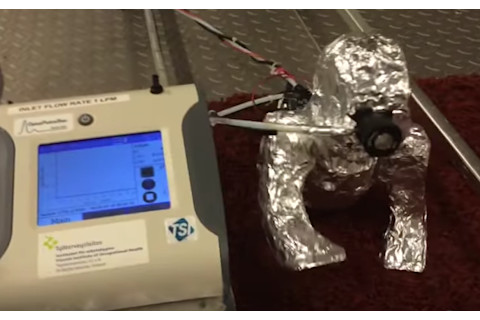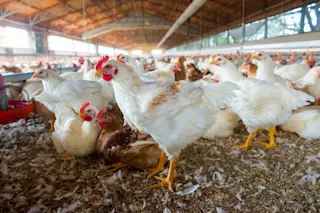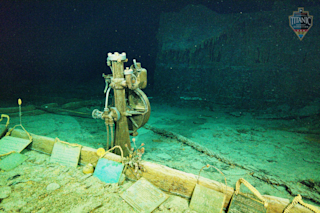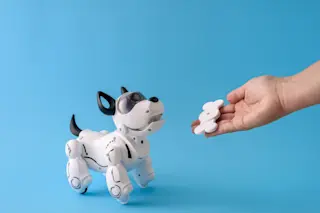
To find out just how your relaxed vacuuming schedule is affecting your baby's airway, researchers built a slightly frightening robotic infant. This legless, metallic baby crawled across five wool rugs from real people's homes in Finland. (The grounded aluminum tape covering the robot helped to minimize static during its 25 crawling sessions of 20 minutes each.) Researchers had asked the people sharing their rugs not to vacuum for two weeks beforehand. As the robot crawled, advanced instruments measured what was in the dust it stirred up. Specifically, what biological tidbits—bacteria, fungi, pollen grains—would a real baby breathe in?

An actual adult human paced across the same rugs, for comparison. Crawling or walking for just one minute, the researchers found, can deposit 1,000 to 10,000 tiny biological particles in a person's respiratory system. And babies, with their faces close to the ground, inhale four times more particles (for their weight) than adults do. Granted, this is not a very realistic infant. The authors note that real human babies use "an array of complex near-floor movements" to get around, and say that other robots could be developed to show how different styles of baby locomotion affect these results. No matter whether you're walking on your carpet, crawling, or doing planks along with an exercise video, the bacteria and other bits you breathe in aren't cause for panic. Some of these particles could be allergens. But for babies, inhaling dirt and dust is probably important to building a healthy immune system. https://www.youtube.com/watch?v=QqTi9fK70t0&feature=youtu.be Images and video from Purdue University.













